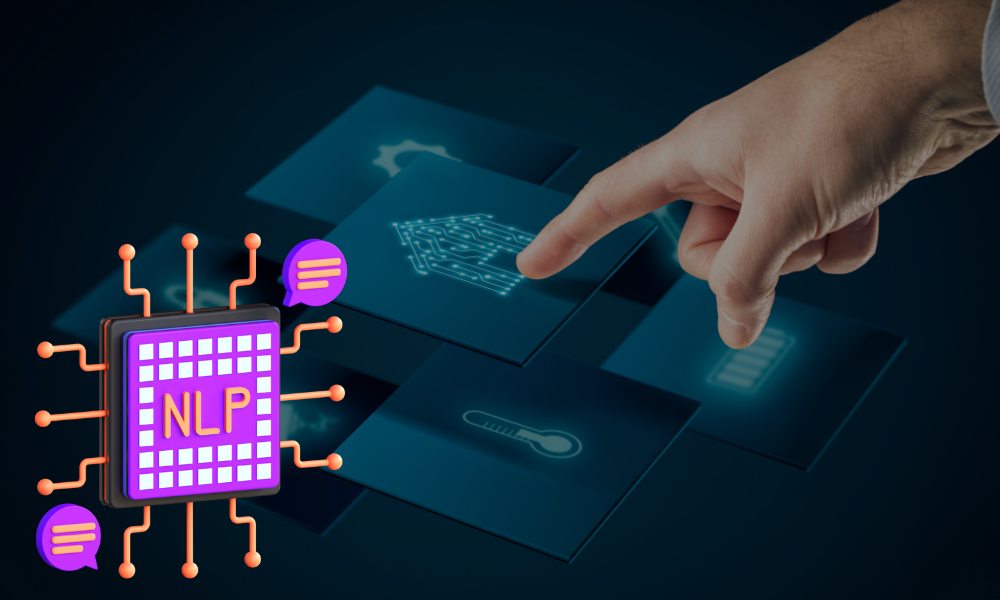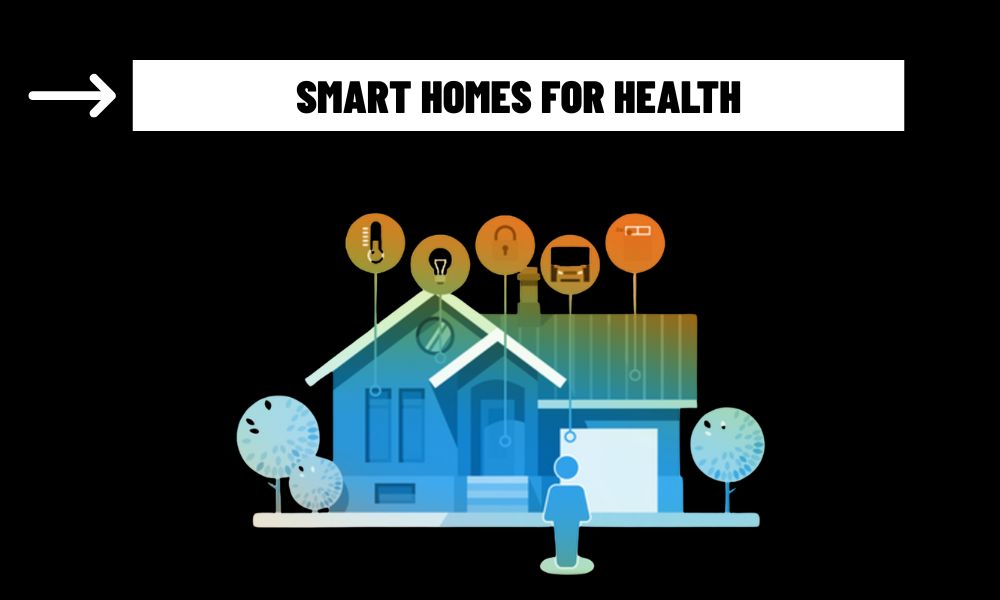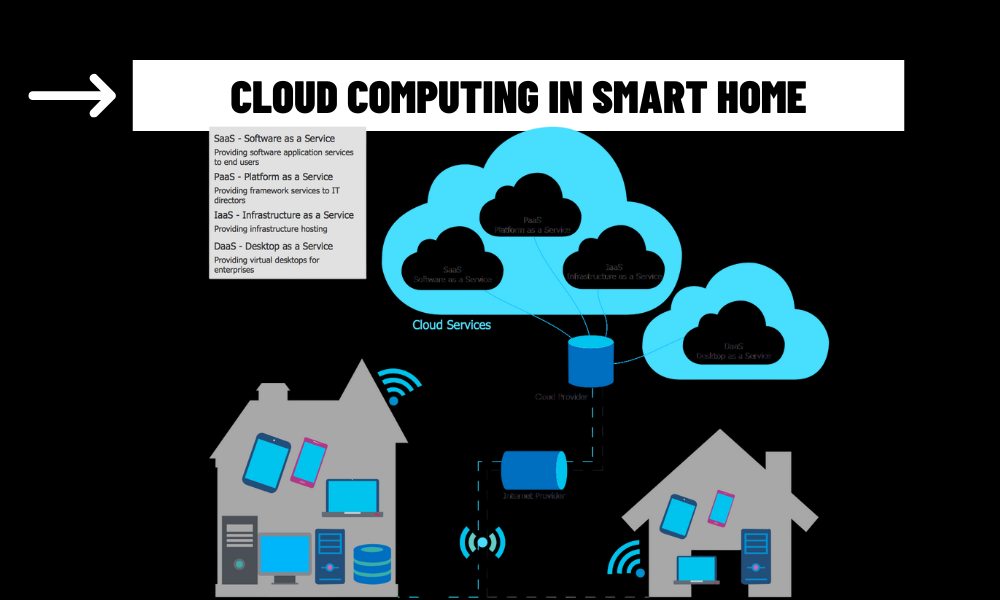Natural Language Processing (NLP), a branch of artificial intelligence, empowers smart home devices to understand and respond to human language, revolutionizing how we interact with our living spaces. From voice-activated assistants like Amazon Alexa to smart thermostats that interpret spoken commands, NLP enables intuitive, hands-free control. This article explores the role of NLP in smart homes, its technical underpinnings, benefits, and future potential.
Contents
The Role of NLP in Smart Homes
NLP allows smart home devices to process spoken or typed inputs, interpret their meaning, and execute appropriate actions. Key components of NLP in this context include:
Speech Recognition: Converts spoken words into text using models like Hidden Markov Models or deep learning-based acoustic models.
Natural Language Understanding (NLU): Extracts intent and context from text, enabling devices to comprehend commands like “Turn off the living room lights.”
Dialogue Management: Maintains conversational context, allowing devices to handle follow-up questions or multi-turn interactions.
Text-to-Speech (TTS): Generates human-like responses, as seen in Google Home’s conversational replies.
For example, when a user says, “Set the thermostat to 72 degrees,” NLP systems parse the command, identify the intent (adjust temperature), and trigger the corresponding action via cloud or local processing.

Technical Foundations
NLP in smart homes relies on advanced machine learning models, such as:
- Transformers: Models like BERT or GPT power NLU by capturing contextual relationships in language.
- Recurrent Neural Networks (RNNs): Used in speech recognition to process sequential audio data.
- Cloud Integration: Most smart home devices offload heavy NLP computations to cloud platforms (e.g., AWS for Alexa, Google Cloud for Google Assistant), ensuring scalability and real-time performance.
Edge-based NLP is emerging for low-latency, privacy-focused applications, where processing occurs on-device, as seen in Apple’s Siri with HomeKit.
Advantages of NLP in Smart Homes
Intuitive Interaction: NLP enables natural, conversational control, making smart homes accessible to users of all ages and technical backgrounds.
Personalization: By analyzing speech patterns and preferences, NLP tailors responses and automations, such as suggesting playlists based on a user’s mood.
Multilingual Support: Advanced NLP models support diverse languages, enhancing global adoption of smart home technologies.
Automation Efficiency: NLP integrates with IoT ecosystems to execute complex routines, like “Goodnight” triggering locked doors, dimmed lights, and a lowered thermostat.
Despite its advancements, NLP in smart homes faces hurdles:
Accuracy in Diverse Environments: Background noise, accents, or slang can reduce speech recognition accuracy, requiring robust noise-cancellation algorithms.
Privacy Concerns: Voice data sent to cloud servers raises risks of eavesdropping or data breaches, necessitating strong encryption and local processing options.
Contextual Understanding: Misinterpreting ambiguous commands (e.g., “Turn it off” without specifying a device) remains a challenge, though contextual models are improving.
Future Trends of of NLP in smart homes
The future of NLP in smart homes is promising, with trends including:
- On-Device NLP: Advances in hardware, like Apple’s Neural Engine, enable faster, privacy-preserving processing without cloud dependency.
- Emotion Recognition: NLP systems may detect vocal tone or sentiment to adjust responses, such as playing calming music when a user sounds stressed.
- Cross-Device Collaboration: NLP will facilitate seamless communication between devices, enabling commands like “Move the movie to the bedroom TV” across ecosystems.
- Ethical AI: Increased focus on transparent data usage and user consent will drive trust in voice-activated systems.
NLP is at the heart of smart home innovation, transforming how we control and interact with our environments. By enabling natural, context-aware communication, it enhances convenience and accessibility. As on-device processing and ethical AI practices advance, NLP will continue to redefine smart homes, making them more intuitive, secure, and user-centric.



